How to build Ipe deck!
Jacky5
12 years ago
Related Stories

HOUZZ TOURSMy Houzz: Bridge Building Redefines a D.C. Row House
A new rooftop deck and elevated walkway give a Capitol Hill couple an enviable outdoor haven away from noise on the street
Full Story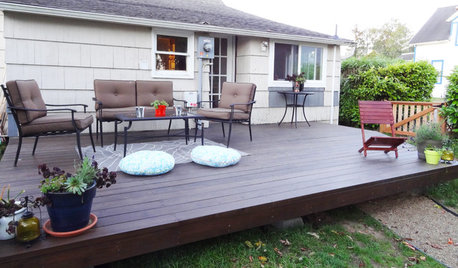
GARDENING AND LANDSCAPINGBuild a Beautiful Platform Deck in a Weekend
Create a polished outdoor space for entertaining by building a basic DIY platform deck in your own backyard
Full Story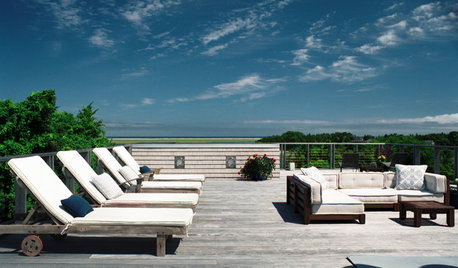
GARDENING AND LANDSCAPINGContractor Tips: Build a Top-Notch Deck
Get an outdoor deck that fits your lifestyle and stands the test of time by keeping these 4 considerations in mind
Full Story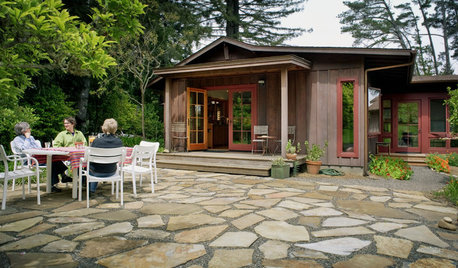
GREEN BUILDINGBuilding Green: The Paths, Beds and Decks That Define Your Landscape
You can make your outdoor area more sustainable by carefully designing your hardscape and selecting materials
Full Story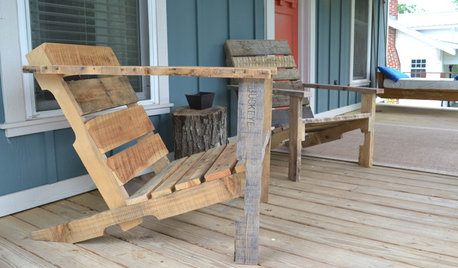
WOODWORKINGBuild Your Own Wooden Deck Chair From a Pallet — for $10!
Take the ecofriendly high road with a low-cost outdoor chair you make yourself
Full Story
MOST POPULARWhat to Know About Adding a Deck
Want to increase your living space outside? Learn the requirements, costs and other considerations for building a deck
Full Story
LANDSCAPE DESIGNProblem Solving With the Pros: How to Build a Garden in an Urban Canyon
Skyscrapers, noise and deep shade create an unlikely sweet spot for a timeless green retreat in New York City
Full Story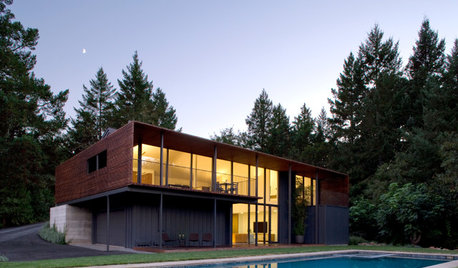
MODERN ARCHITECTUREHouzz Tour: 2 Modern Buildings on an Upscale Farm
Olive trees and acreage provide enviable views, but the architecture is a sight to behold too
Full Story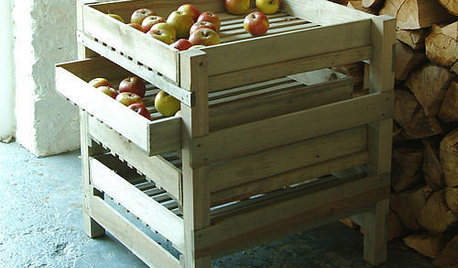
GARDENING AND LANDSCAPINGGuest Picks: The Autumn Deck
Build a fire and grab a blanket. There's still time to enjoy the crisp fall air outdoors!
Full Story
CONTRACTOR TIPSBuilding Permits: When a Permit Is Required and When It's Not
In this article, the first in a series exploring permit processes and requirements, learn why and when you might need one
Full Story



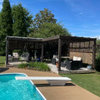

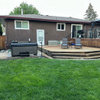

Jacky5Original Author
aidan_m
Related Discussions
IPE Deck Building Questions
Q
Full Ipe Deck or combo of Ipe/PT/Cedar?
Q
Questions on Ipe Deck Project (deck desgn included)
Q
How to remove pencil lines from IPE?
Q
DerekZ
weedyacres
aidan_m
Jacky5Original Author
pharaoh